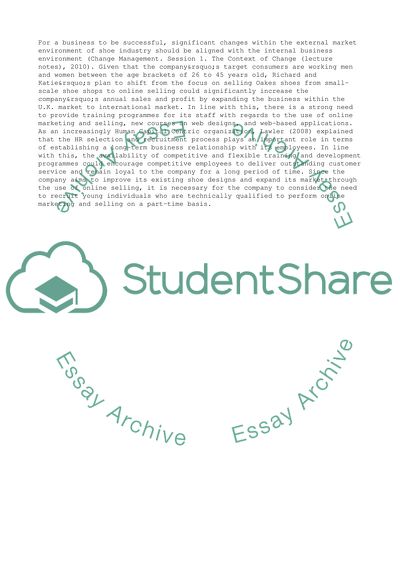Cite this document
(“Transformational Leadership Style and Communication in the New Research Paper”, n.d.)
Transformational Leadership Style and Communication in the New Research Paper. Retrieved from https://studentshare.org/management/1747346-managing-change-leadership-oakes-casestudy
Transformational Leadership Style and Communication in the New Research Paper. Retrieved from https://studentshare.org/management/1747346-managing-change-leadership-oakes-casestudy
(Transformational Leadership Style and Communication in the New Research Paper)
Transformational Leadership Style and Communication in the New Research Paper. https://studentshare.org/management/1747346-managing-change-leadership-oakes-casestudy.
Transformational Leadership Style and Communication in the New Research Paper. https://studentshare.org/management/1747346-managing-change-leadership-oakes-casestudy.
“Transformational Leadership Style and Communication in the New Research Paper”, n.d. https://studentshare.org/management/1747346-managing-change-leadership-oakes-casestudy.


